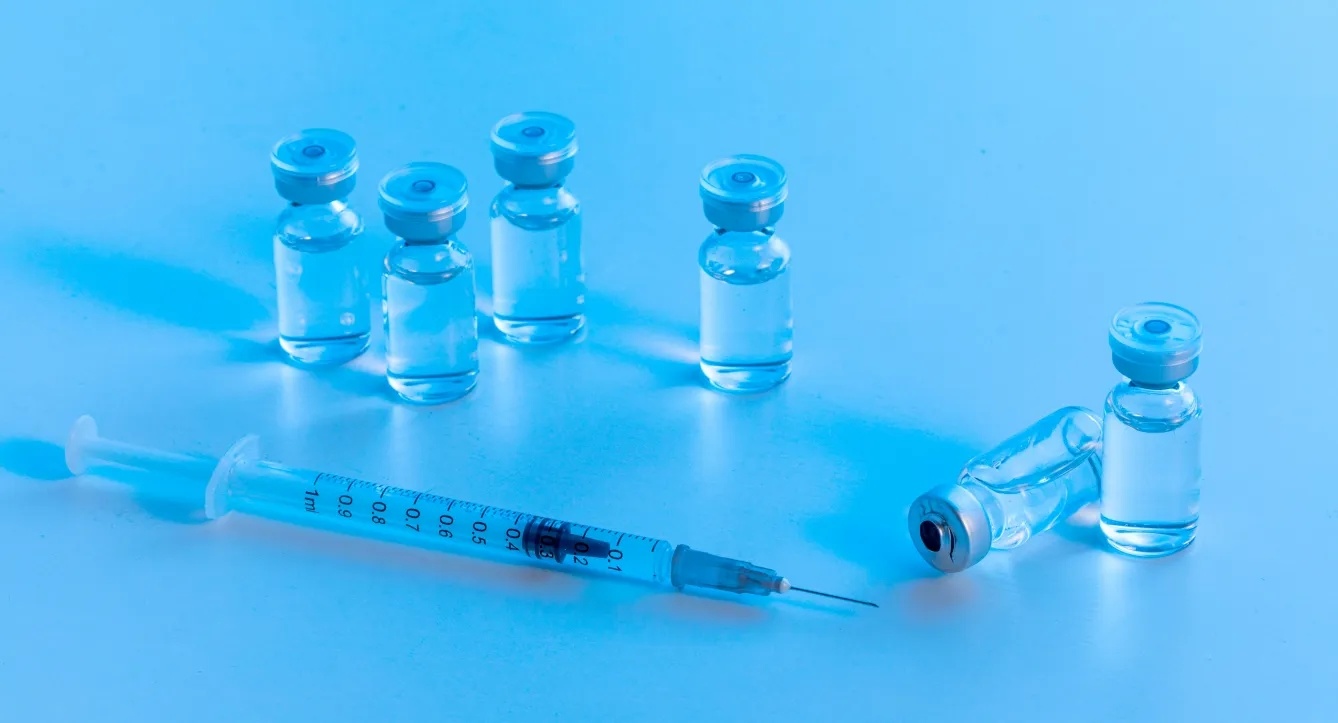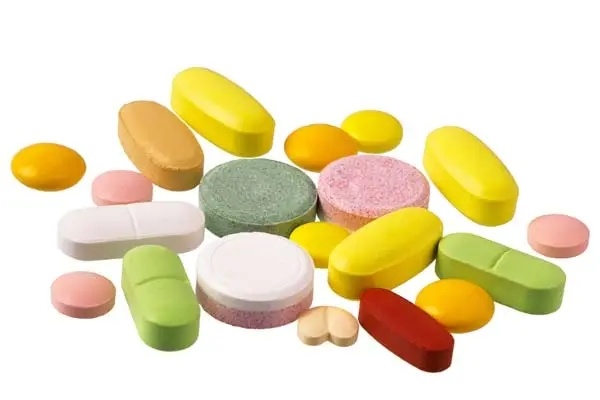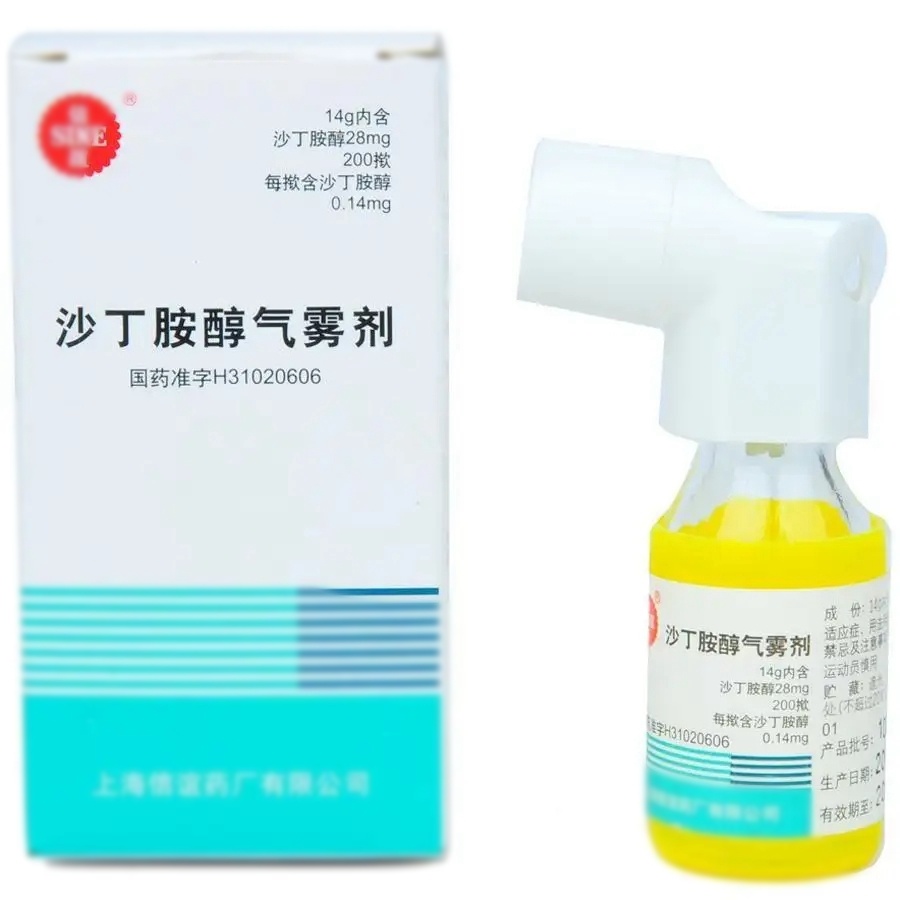Classification of pharmaceutical preparations and their advantages and disadvantages
Generally by chemical or biological methods such as synthesis and purification of the formation of drug ingredients need to be processed to the human body to use, the more common dosage forms in daily life are tablets, capsules, injections, etc., different drug ingredients according to their respective characteristics to choose the appropriate dosage form. The classification of drug dosage forms can be distinguished according to the form, dispersion system and mode of administration. Different dosage forms have different advantages and disadvantages. Let me introduce them to you next.
Classification by morphology
1. Liquid dosage form (such as solution, injection, etc.)
Advantages:① drug dispersion, fast absorption; ② route of administration; ③ easy to sub-dose, especially suitable for infants and elderly patients; ④ can reduce the irritation of drugs.
Disadvantages:①The drug dispersion is large, easy to cause chemical degradation, reduce the efficacy; ②The volume is large, carrying, transportation, storage inconvenience; ③The aqueous liquid is easy to mildew, need to add preservatives; ④The heterogeneous liquid preparation dispersion ion has a large specific surface area, easy to produce a series of physical stability problems.

2. Solid dosage forms (such as tablets, capsules, etc.)
Advantages:①accurate dose, convenient to take, the number of tablets as a dosage unit;Good stabilityIt is less affected by outside air, light, moisture and other factors; ③ easy to carry and transport; ④ large output, low production cost, high degree of mechanization and automation; ⑤ can meet different clinical medical needs; ⑥ health standards are easy to achieve.
Disadvantages:① Children and coma patients are not easy to swallow; ② The preparation is relatively difficult, requiring careful prescription design and high technical requirements; ③ Tablets containing volatile components should not be maintained for a long time.

3. Semi-solid dosage forms (such as ointments, gels, etc.)
Advantages:Generally more is the surface of the drug,.good permeabilityThe treatment of body surface diseases is faster than other preparations.
Disadvantages:More volatile needs to be sealed for preservation.

4. Gas dosage forms (such as aerosols, sprays, etc.)
Advantages:①Quick effectrole andPositioningFunction (especially for respiratory diseases, such as asthma, inhalation can take effect in two minutes): mainly absorbed by the lungs, with a large number of alveolar sacs and a large surface area. It is the site of rapid diffusion and exchange between gas and blood, and the drug can be rapidly absorbed and markedly effective when it reaches the alveolar sacs. The drug closed in the container can keep clean and sterile, because the container is opaque, dark, not in direct contact with oxygen or moisture in the air, increase the stability of the drug. ③ Easy to use, the drug can avoid the destruction of the gastrointestinal tract and the first pass of the liver. The quantitative valve can be used to accurately control the dose.
Disadvantages:① Aerosol requires pressure-resistant containers, valve systems and special production equipment, so the production cost is high; ② propellant is highly volatile, so it has a cooling effect, which can cause discomfort and irritation when used repeatedly on injured skin; ③ FHCA propellant can sensitize the heart and cause arrhythmia when reaching a certain concentration in animals or humans, so the aerosol for treatment is not suitable for patients with heart disease.

Classification by Decentralized System
1. Solution type 2. Colloidal solution type 3. Emulsion type 4. Suspension type 5. Gas dispersion type 6. Solid dispersion type
Classification by route of administration
1. Dosage form for gastrointestinal administration
2. Dosage forms for parenteral administration
(1) Injection administration: such as intravenous injection, intramuscular injection, subcutaneous injection and intradermal injection.
(2) Respiratory administration: such as inhalants, sprays, aerosols, etc.
(3) Skin administration: such as external solution, lotion, liniment, ointment, paste, patch, etc.
(4) mucosal administration: such as eye drops, nasal drops, gargles, sublingual tablets, suppositories, films, etc. Generally, rectal administration is also classified as mucosal administration, such as enema, rectal capsule suppository, suppository, etc.
Related programmes
■
Construction of Pharmaceutical Engineering Training Center




